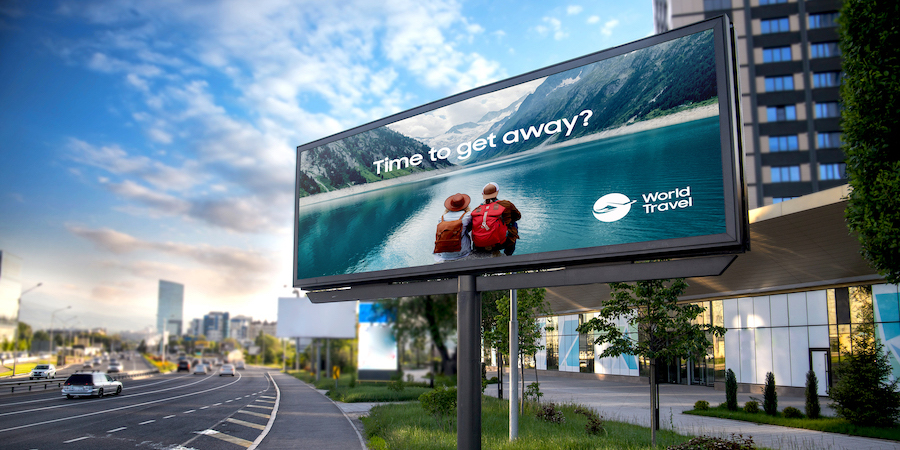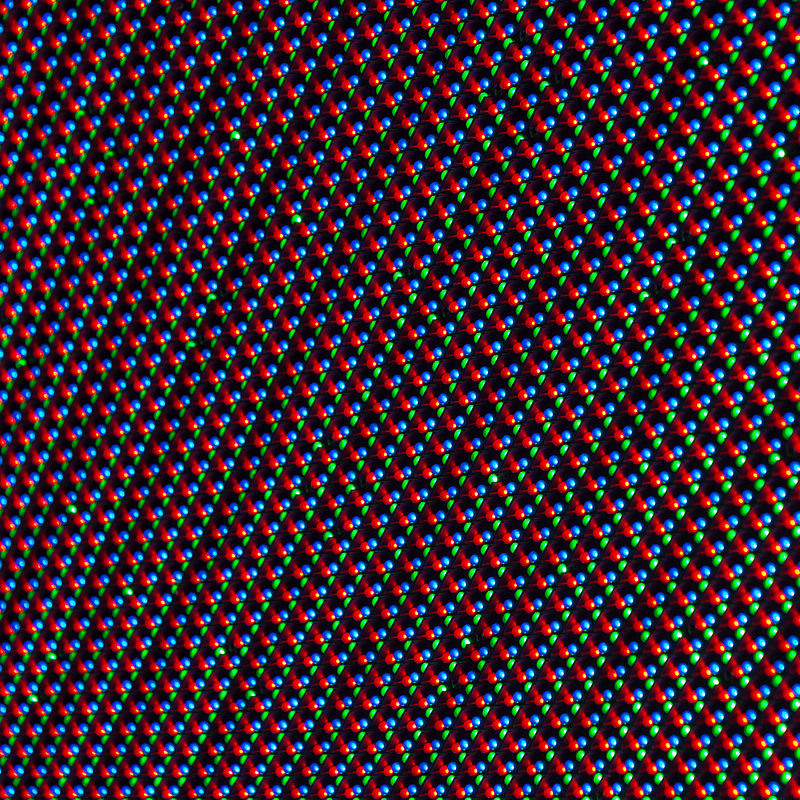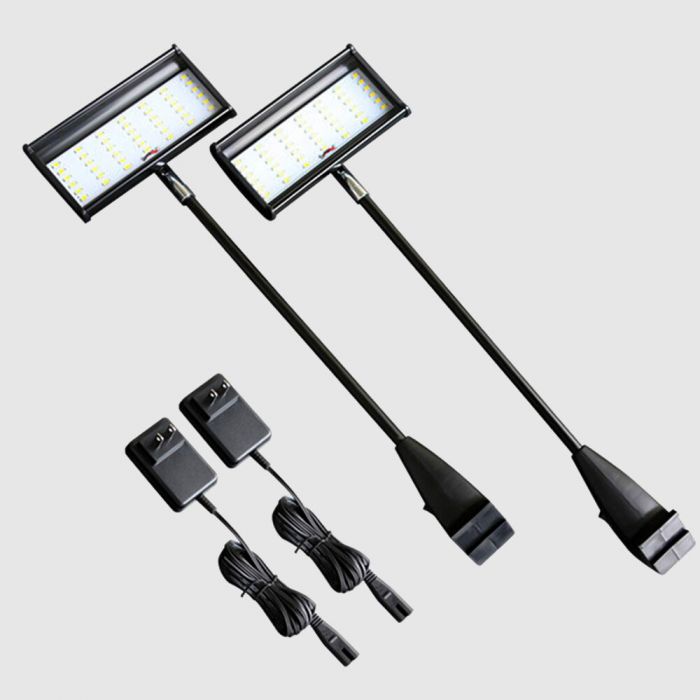Handy Advice On Picking 3d Led Display
Wiki Article
What Is The Significance Of The Contrast Ratio And Brightness In Research On Led Displays?
The brightness and contrast ratio are critical aspects to take into consideration when researching LED displays, as they significantly impact the visibility as well as the clarity and quality of the display especially in different lighting conditions. This is why they are so crucial:
1. Visibility in Various Lighting Conditions
Brightness: The display's brightness is measured in the nits. This is the number of candelas for each sq. meter. Outdoor displays should be of a high brightness, usually ranging from 5,000 to 10,000 nits. Indoor displays typically require lower levels of brightness (between 500 and 1,500 nits) however, the brightness should be adjustable depending on the environment.
The display should be bright enough to work in bright surroundings and also outdoors. Lack of brightness can render the display unusable, because the information could be lost or disappear in direct sun.
2. Image Quality and Clarity
Contrast Rate Contrast Rate: The ratio of the contrast is the difference which can be created between the brightest white display and the darkest. A higher ratio of contrast enhances the depth of an image, increasing the clarity and sharpness of an image. It is essential for display screens with content that is active such as videos or photos that are high-contrast.
Displays with a higher contrast ratio can handle more complex content, including movies, advertising, and live broadcasts. In the case of a display with low contrast dark areas could appear gray, reducing the visual impact of content.
3. Color Accuracy and Visual Impact
Color accuracy, Brightness - The brightness of a display can impact the accuracy of color. A display that is consistent and has suitable brightness can replicate colors more accurately, which is essential in branding, advertising and other content where the integrity of color is vital.
Contrast and Perceived Brightness: A high contrast level can boost the brightness that is perceived by displays. Even if both displays feature the exact same nit rating the display with a more contrast ratio seems to be brighter and has more appealing images.
4. Energy Consumption
Brightness and Power Efficiency Higher levels of brightness typically require more power. Therefore, it is important to balance brightness demands in conjunction with energy efficiency, especially for displays that operate 24/7 or are part of large-scale installations. Thanks to the advancements in LED technology, more energy-efficient screens are available that provide great brightness and consume less power.
5. Content Versatility
The brightness of different types of content - Brightness can be different according to the kind of content you're using, such as text, static images or even dynamic videos. Text-based content, for instance, benefits from the highest contrast to make it easier for users to read, while video content might require both contrast and brightness.
Application: In situations where there is a lot of content change (e.g. advertising screens or display screens for events), the ability to adjust the brightness and contrast can be beneficial. The display could then be adjusted to the needs of different content.
6. User Experience
Brightness Adjustability: Displays that provide automated or manual brightness adjustments will provide greater user experience, by adapting to changing ambient light conditions throughout the day. This ensures that the display remains visible at all times without causing eye strain or glare.
Contrast & Eye Comfort: A high ratio of contrast may reduce eye stress, making the display more interesting over long durations. This is particularly important when it comes to displays that are used in public areas, for events as well as retail settings.
Conclusion:
Brightness and the contrast ratio are crucial to make sure that LED displays work well in the environment they are intended for providing content that is vibrant, clear and easy to read. These factors, such as whether the display is utilized indoors or outdoors, and in darker or brighter settings can have a significant impact on its effectiveness, as well the user experience. These elements, in conjunction with the energy efficiency and content requirements you need to meet, will assist you choose the best display. Check out the recommended smd screens for site info including monitor transparent, led screen transparent, transparent led panel, display device, flexible led screen, led display transparent, transparent led screen, outdoor digital screens, led board, screen led display and more.

How Important Is The Refresh Rate When Researching Led Displays?
When you are researching LED screens should you be aware of the refresh rate This is especially important when you are considering LED displays that will display dynamic content such as live broadcasts and interactive applications. Why is the refresh rate vital?
1. Image Smoothness and Clarity
Definition: The term "refresh rate" refers to the amount (measured by Hertz or Hz) of times per second that a screen changes its image. More frequent refresh rates lead to smoother motion as well as less flickering.
Important. When it comes to displays that show video or animations that have rapid motion, a refresh rate above 3,840Hz is essential to ensure smooth and fluid motion. This is particularly important for stadiums for sports, concert halls and digital signage that can enhance the viewing experience.
2. Flicker free performance
Flicker - Displays that have slow refresh rates may cause visible flickering. This is particularly true when you are viewing through a camera, or with slow motion footage. Flickering can cause eye fatigue and strain, which makes it difficult to look at the screen for extended periods of time.
Application: A high refresh rate is perfect for settings that will be photographed or filmed, such as broadcasting studios, events and even the stage. It reduces flickering, which guarantees a clear capture of the footage without visual artifacts.
3. Visual Quality and Lighting Conditions
Impact on brightness: A higher refresh rate can affect the display's performance under varying lighting conditions. In brightly lit areas, a fast refresh rate will help to maintain image quality. It also helps to avoid visible flickering which can be detrimental to the display.
It is particularly useful for outdoor stage shows, events, and similar situations, in which lighting conditions could change rapidly or be difficult to regulate.
4. Content Compatibility
Synchronization: The display's refresh rate has to be compatible with the source of the content, such as video playback systems, cameras or live broadcast feeds. If the refresh rate does not match that of the content, it could result in images being juddery or unmatched that can negatively impact the experience of watching.
Application Content from various sources in professional environments such as TV studios and large-scale venues for events making sure that the refresh rates are matched to the content frame rates is crucial for a smooth playback.
5. Experience a more enjoyable viewing experience
Motion Handling High-refresh rate is more effective to deal with fast-moving materials that reduces blurring, and delivering an even more clear, sharper image. This is useful for applications that require high-speed actions like sports broadcasting.
Application: For venues that feature sports, gaming events, or other high-action content A high refresh rate ensures that viewers are able to experience every detail with clarity.
6. Reduce Eye Strain
Comfort: Low rates of refreshing can cause eyestrain over long viewing periods. This is especially true in environments where the user is near to the display or where the content has been viewed for a prolonged period of time.
Application: In retail areas and offices, or in public spaces where people may be watching a display for an extended duration, a fast frequency of refreshment is essential to making the experience more pleasant and enjoyable.
7. Renting and staging applications: Performance
Flexible: LED displays used for renting or for staging are usually utilized in various locations and with various kinds of content. A high refresh rate will ensure that they can be adapted to any event.
Application: In environments with many different types of content, and viewers an extremely high rate of refreshment is essential for adaptability and dependability.
Conclusion:
The rate of refresh has a direct impact on the visual quality, comfort and versatility of LED display. This is particularly important in applications with dynamic content, for live events, and for environments where the display will be watched for a long period of time. If you're looking at LED displays for your project be sure to take a look at the refresh rate. This will ensure that the display performs smooth and without flicker, which will enhance the viewer’s experience. Take a look at the best quality rental led display for blog info including transparent led screen display, led display screen rental, outdoor digital display, led wall tv, transparent screen monitor, transparent screen, led screen panels, led board rental, led panel transparent, led screen and more.

How Important Is Cost, Roi, And The Efficiency Of Led Displays When Researching Led Displays?
When researching LED displays, cost and ROI (Return On Investment) and energy efficiency are crucial aspects. They directly impact the financial viability of the investment, its long-term benefits as well as the operating costs. Each one of these aspects have their own significance.
1. Initial Cost
Budget: The upfront cost of LED displays are a major element in any project. The cost of a display isn't the only factor to consider. It is also the installation costs, mounting systems and the accessories.
Quality and. Price: Although displays that are priced lower initially appear attractive however, they can compromise on quality, durability, and quality. It is important to consider the initial cost against the performance you want from your display and the length of its life.
Application: Where budgets are tight, careful evaluation of performance versus cost is crucial. High-end displays are usually required for certain applications, such as advertisements in areas with high traffic. However, less demanding environments may only require a more affordable display.
2. Return on Investment
Revenue Generating: ROI is usually tied to the ability of LED displays to generate income. This can be through advertising, customer engagement or brand recognition. Displays that deliver impactful content and attract attention could boost sales or revenues.
Longevity and durability Quality and durability: Displays made of top quality with longer life spans are more durable and need less maintenance and replacement in the course of time. By investing more in the beginning, it can help you save money in the long term.
Effect of features on ROI Features like high resolution, wide viewing angles, and high brightness can add to the initial cost, but they can dramatically improve the efficiency of the display, resulting in greater ROI via increased the level of engagement of viewers and better the ability to see.
3. Energy Efficiency
Operational Costs - Efficiency is the key to reducing the operational expenses of LED displays. The lower your electricity costs, the better. This is particularly true for large displays or displays that operate 24 hours a day.
Environmental Impact Displays that use less energy contribute to sustainable goals by decreasing carbon footprints. This is important to businesses and organizations with a concern for environmental responsibility or that must comply with standards regarding energy consumption.
Long-Term Saves: Energy-efficient displays can have a high initial price, but the power costs saved over the lifespan of the display can be substantial, increasing the ROI.
Application: In areas that have high electricity costs or for large-scale projects in which the power consumption is substantial, energy efficiency makes an enormous difference in general operating expenses.
4. Total Cost of Ownership
Repairs and maintenance. The total cost includes the cost of purchasing, but also costs for maintenance, repairs and downtime. TCOs tend to be lower for displays that have a longer lifespan and more durability. This means they are more affordable in the final.
Enhancements and Scalability: Think about the ease of upgrading or scaling the display system. Modular displays that can be easily upgraded or expanded at a minimal cost may be the most long-term investment.
Application: In settings where the displays are expected be in operation for a long period of time like corporate settings, public spaces, or high-traffic retail areas Focusing on TCO makes sure that the investment is affordable over time.
Options for leasing and financing
Financing options: Many vendors offer flexible financing and leasing programs that make it easier to pay in advance costs on high-quality displays. This is particularly helpful for businesses who need to save cash and still invest in effective digital signs.
The factors to consider for ROI: Leasing can have an impact positive on the ROI. It permits businesses to upgrade their displays to the latest technology without having to make a significant initial investment. This will ensure that the displays are cutting edge and deliver returns.
6. Market Competitiveness
Cost vs. Competitors: The cost and ROI of your LED display can also affect your position in the marketplace. A more efficient display will help you to stand out from your competition. This can draw more clients and customers and result in a better return on investment.
Application: In highly-competitive sectors such as entertainment, retail or the media, investing in a higher-quality display systems that provide better ROI can provide a huge benefit.
Conclusion:
A display with LEDs is a long-term investment that will provide a return on your initial investment. The balance between the initial price and the expected return on investment, considering the efficiency of energy to cut down on operational expenses, and calculating the cost per unit of ownership will help ensure that the display will meet both financial and performance expectations. It is essential to think about these elements in deciding on a display which is compatible with your budget objectives as well as long-term strategies and the operational goals. Take a look at the top lightweight led screen for site examples including led screen rental, transparent screen monitor, transparent led screen display, wall tv, transparent display monitor, wall screen, display led outdoor, outdoor led display screen, flexible led screen display, led in walls and more.
